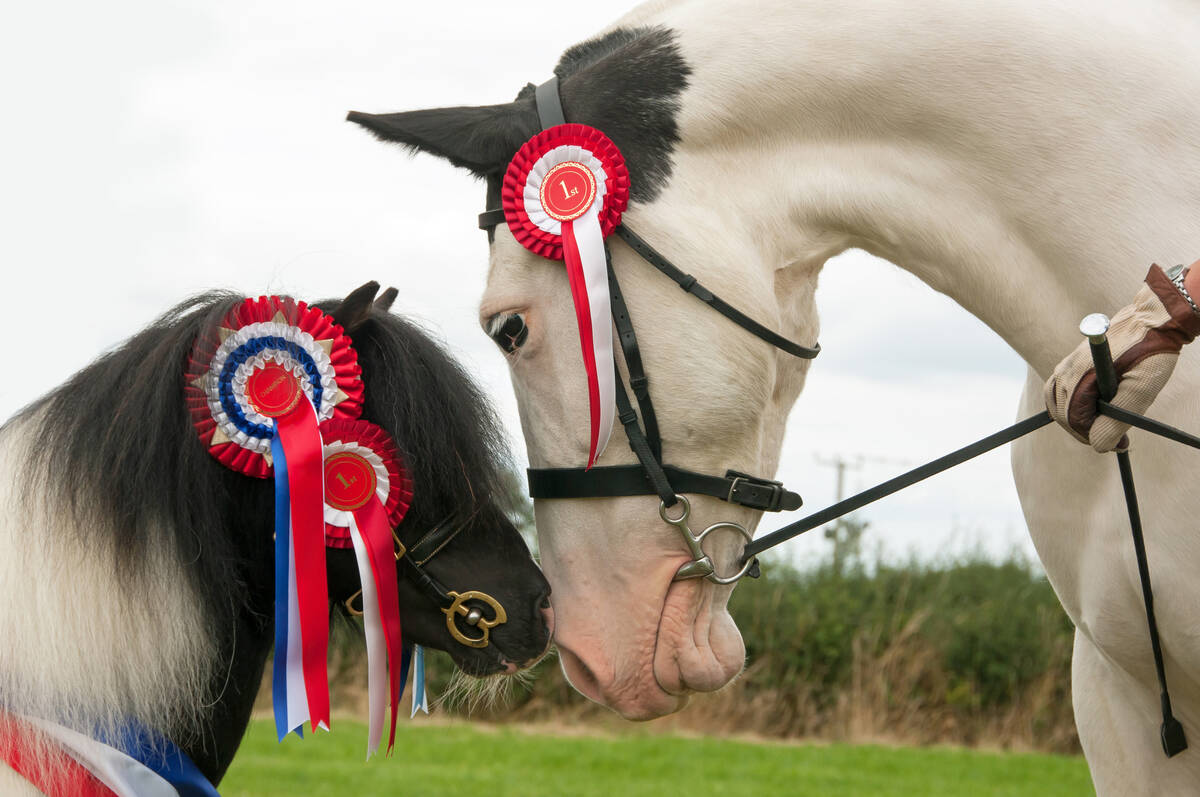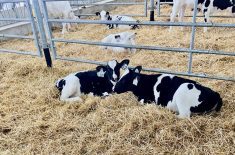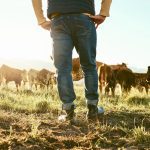Most cattle producers keep some form of calving and herd records but there’s always room for improvement.
In fact, there’s almost no limit to how much one can ‘geek out’ on herd data collection.
“To try to track everything is overwhelming and just about a full-time job in itself,” said Andrea Bertholet, a provincial livestock specialist and cow-calf producer. “Not all [data points] have value to everyone.
Read Also

Linebreeding horses drives genetic bottlenecks
Too much linebreeding and prioritizing pedigree can narrow genetic diversity and lead to horse health problems in future generations.
“Ultimately that’s the purpose of record keeping — to enable you to make better management decisions to meet your goals,” she added.
So how does one know where to start?
“Talk to other producers and get ideas,” said Bertholet. “I find there’s so much value in talking to other producers and other people that are maybe doing a something a little bit more than what you’re doing and find out how they’re doing it and why they’re doing it.”
Bertholet and her partner raise 400 cow-calf pairs near Cartwright. Their herd is split into purebred Simmental and commercial animals.
Record-keeping is divided between paper and digital, she said. For calving records, she prints a spreadsheet with the appropriate column headings and keeps that in a folder in the barn during calving.
For each calf, they record cow and calf ID, sex, sire, birth weight, calving ease, whether the calve is horned or polled, the calf’s tattoo, and whether it needs to be DNA tested to verify the sire. Some of these don’t apply to commercial calves, she added.
Bertholet said past records are kept in the office for reference if needed.
For commercial cattle, records are used to track sire groups to see which bulls are performing best according to their goals. For purebred cattle, the information will be used to register them with the breed association.
Bertholet also keeps digital spreadsheets of weight data for bull calves, which they weigh monthly from weaning until their bull sale. This allows them to track gains and adjust rations to meet performance targets by sale day.
On Tyler Fulton’s Birtle-area ranch, his family takes a digital approach, using a combination of Google sheets and forms to capture and track data.
Fulton said they track birth date, weight, sex, and cow and calf identification. They also score the cow based on the quality of her feet and udder, which they use to inform culling decisions and decide whether the calf could be a good replacement heifer.
They track vaccination and treatment and capture any birthing issues in the comment section.
These digital records go back about 16 years.
“The more data that you have on any individual cow, you can really kind of dial in to see how consistent that animal performs,” Fulton said.
They use this data to track calves’ average daily weight gain from birth to weaning, and also track which cows produce calves that gain weight faster. However, the possibilities are endless when you have a secret weapon — in this case, Fulton’s wife, Dorelle.
“My wife’s an accountant,” Fulton said. “It feels like whatever I can dream up, she can figure out a way to at least get some metric on classifying where that animal would lie in terms of the whole herd.”
For those just starting out with record keeping, or unsure of what parameters to track, the Beef Cattle Research Council suggests the GOLD Management Indicators. ‘GOLD’ stands for growth of calves, number of open cows, length of the calving season and calf death loss.
Chosen parameters will depend on the farm’s herd management goals, Bertholet said.
For instance, if a rancher is selling calves at weaning, the goal may be to have big, healthy calves at weaning, she said. This might mean tracking sex, birth weight and weaning weight, and which sire groups and cows produce the biggest calves.
Spend some time looking at the records, Bertholet added. If possible, run some data analysis—such as which bulls produce the largest calves—and use that to make breeding decisions.
If the data isn’t giving the needed answers, don’t try to fix everything at once, Bertholet said.
“Baby steps. Don’t try to dive right into a data management system if you’re not even keeping a paper record book,” she said.
“Add one or two things to your record keeping each year, and that’s where you’ll be more comfortable in making those changes.”
For more in-depth help, the Beef Cattle Research Council has several tools on its website. For instance, it recently ran a three-part webinar series on record keeping, which is available on its website.
















